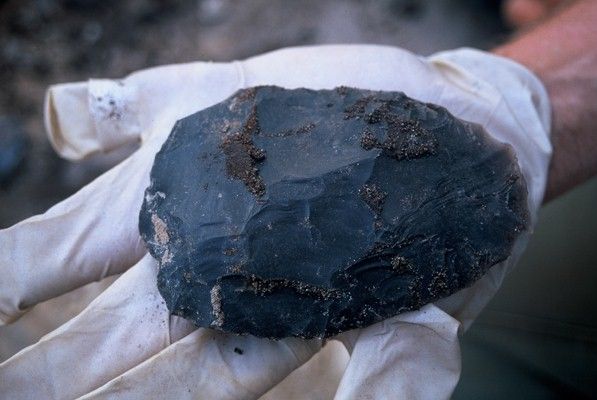
A small gravel pit near the Norfolk village of Lynford has produced a spectacular array of flint hand axes and mammal fauna discovered in 2002 by John Lord. Excavations funded by English Heritage have turned Lynford into one of the most important Palaeolithic sites in Britain. Sixty thousand years ago Lynford was situated in the ancient River Wissey valley and served as a watering hole for large mammals. Beetles and molluscs indicate that average summer temperatures were about 13C and winters had average temperatures below -10C. The more than 500 artefacts from Lynford indicate that Neanderthals travelled to the area with tools that they knapped into their final form at the site. Groups of people may have travelled west from Doggerland (now submerged under the North Sea) tracking mammoths and reindeer.
| 
